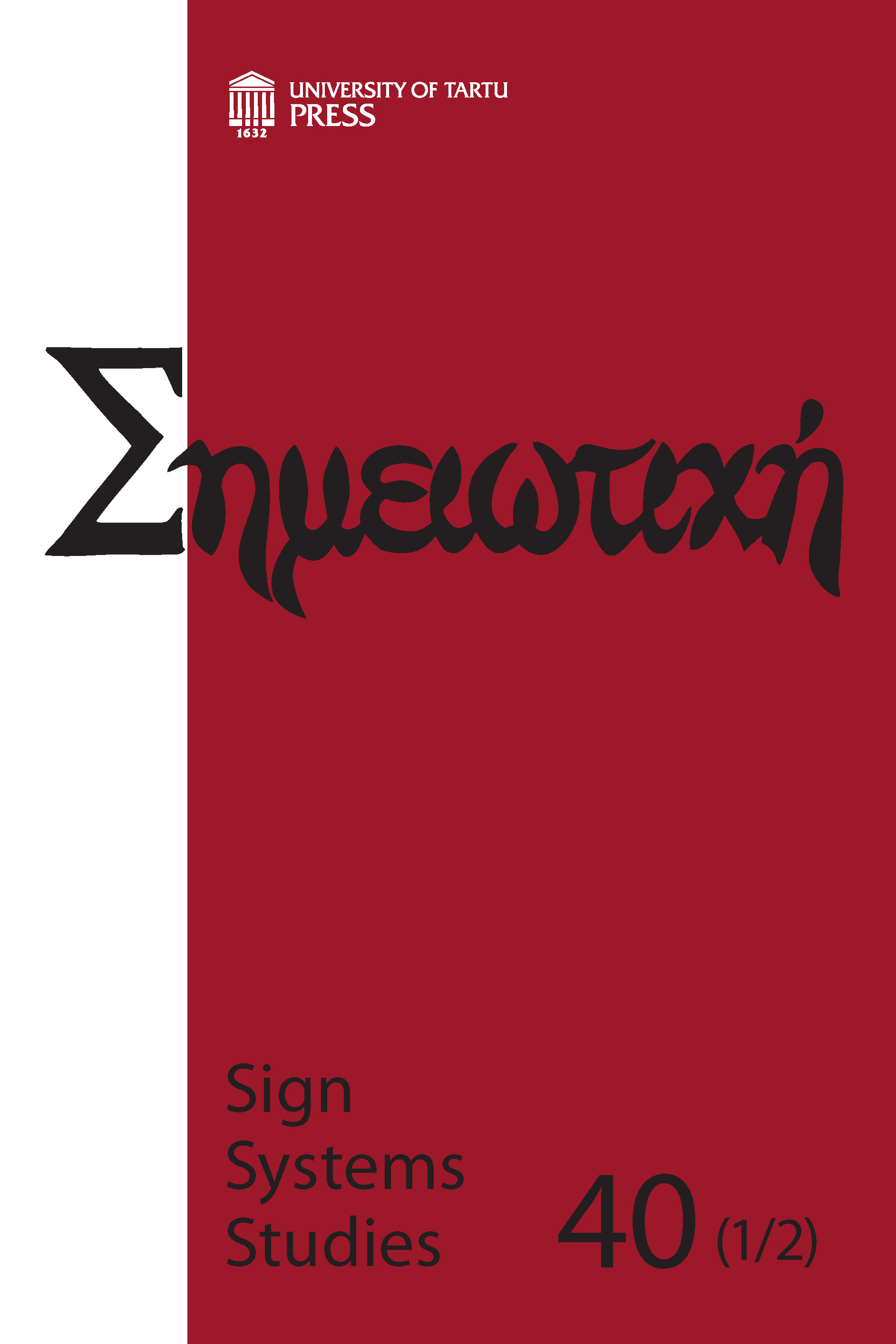Quasi-trochees in Nabokov's prose
DOI:
https://doi.org/10.12697/SSS.2012.1-2.13Abstract
Summing up the ideas expressed in the most influential articles on the semantic halo of the Russian trochaic pentameter, scholars tend to avoid one particularly tricky question: how many units – and what kind of units – are needed to detect extra layers of meaning in a particular text? While the article of Kiril Taranovsky "О взаимоотношении стихотворного ритма и тематики" had implied that the source of these meanings (e.g. the dynamic theme of the journey) should be sought in a line starting from the 3- to 4-syllable structure, incorporating a verb of motion and an anapestic anacrusis (Выхожу [verb of motion, last syllable stressed] один я на дорогу), later research objected to this principle as an oversimplification. At the same time two later contributions on the subject (Kirill Vishnevsky's "Экспрессивный ореол пятистопного хорея" and Mikhail Gasparov's "The semantic halo of the Russian trochaic pentameter: Thirty years of the problem") proposed the idea of operating with whole texts as potential sources of meanings, thus calling into question a micro-level approach to the origin of the phenomenon. In my article I propose an empirical model that makes it possible to evaluate some limitations of both practices: I concentrate on some quasi-trochaic pentameters culled from the prose text of Подвиг (Glory) by Vladimir Nabokov (Sirin), and examine these quasi-verse incidents in the framework of both approaches.Downloads
Download data is not yet available.
Downloads
Published
2012-09-01
How to Cite
Utgof, G. (2012). Quasi-trochees in Nabokov’s prose. Sign Systems Studies, 40(1/2), 244–259. https://doi.org/10.12697/SSS.2012.1-2.13
Issue
Section
Articles


